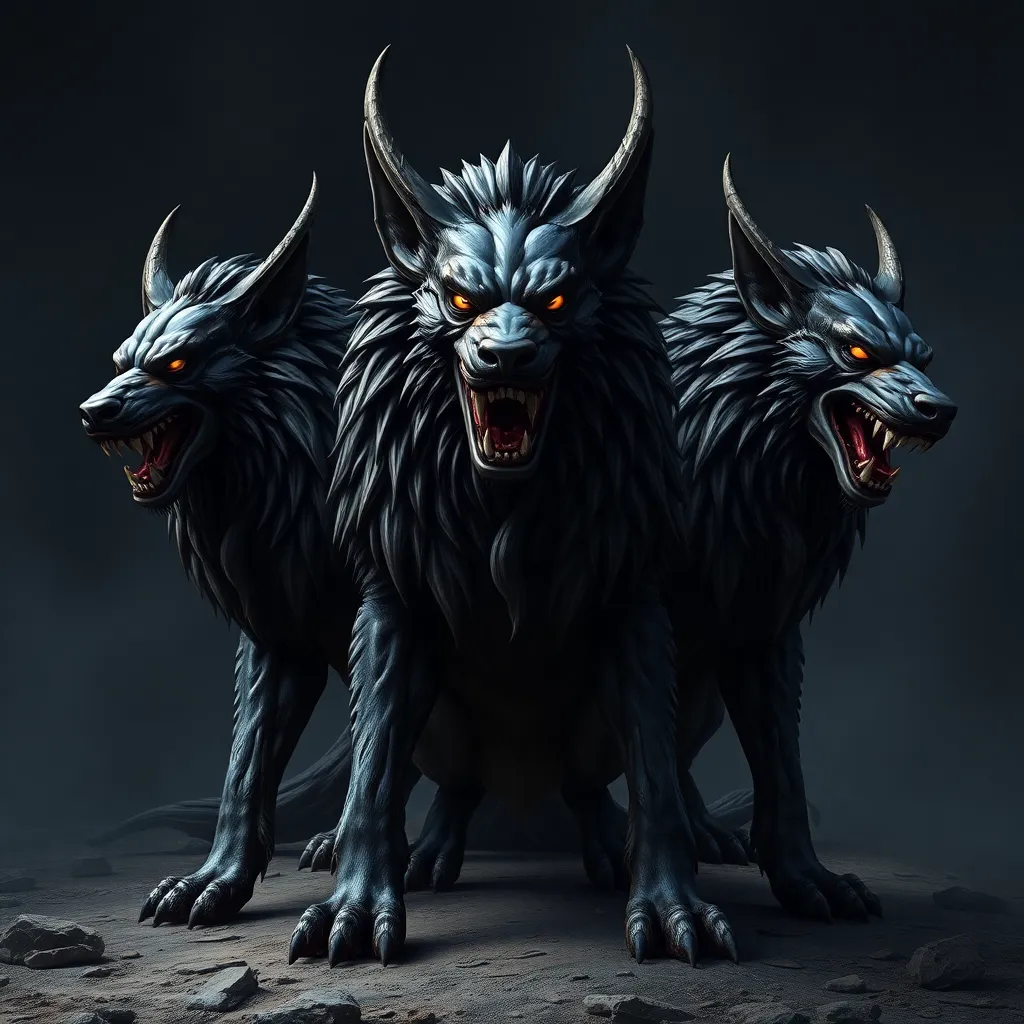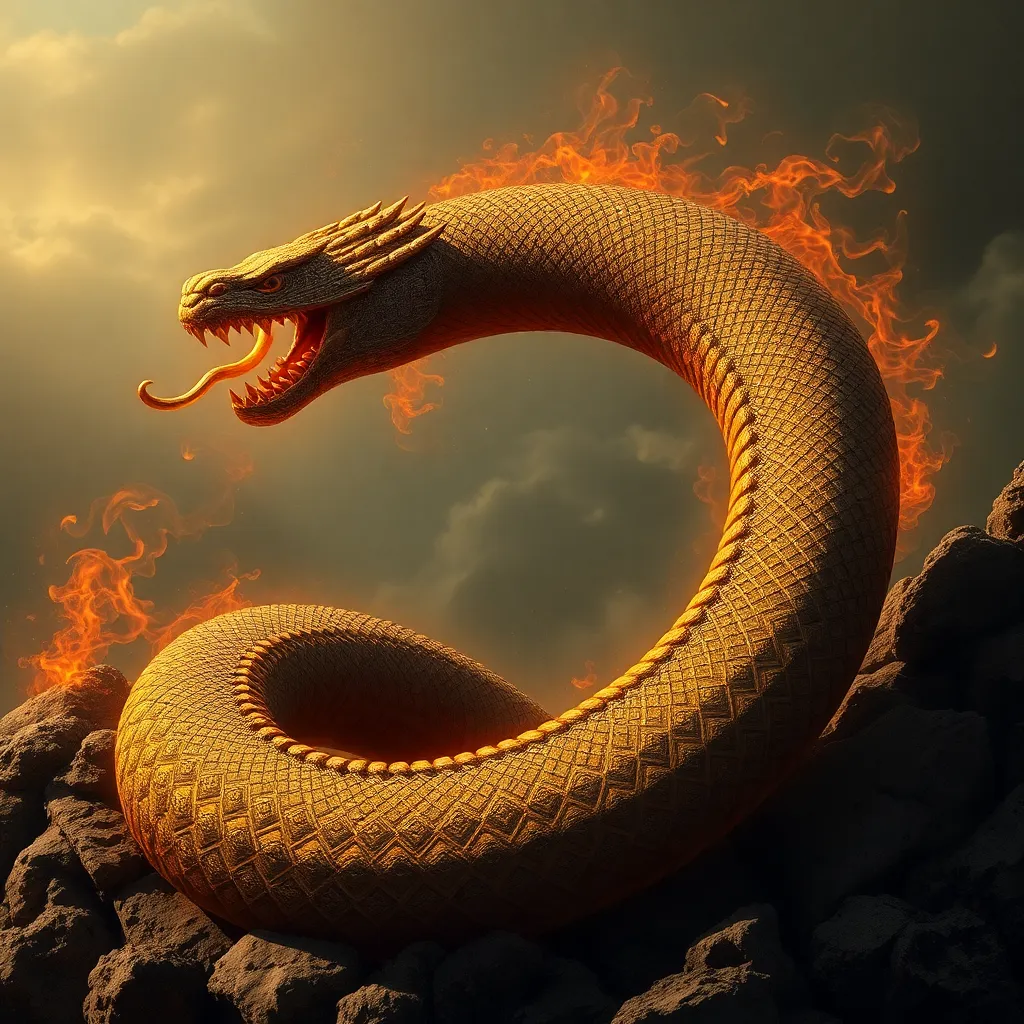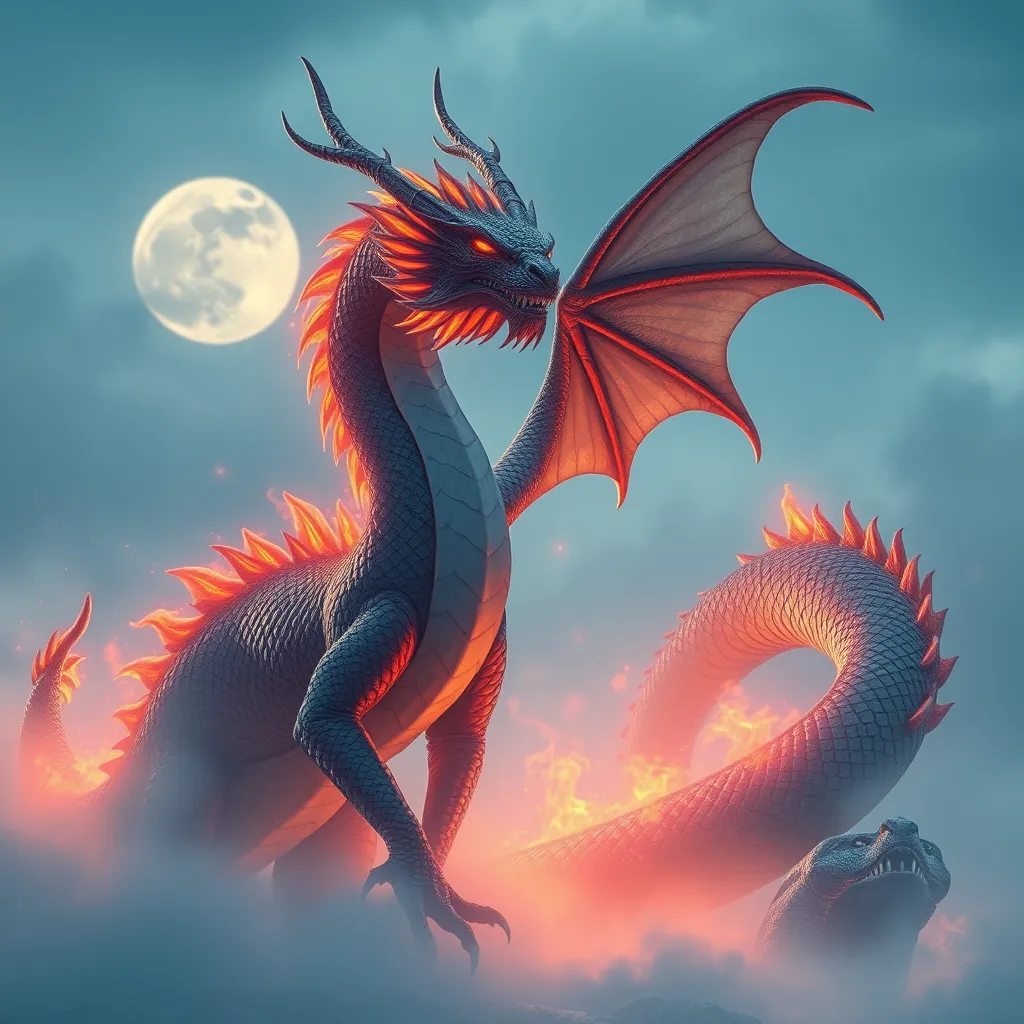The Fearsome Cerberus: A Deep Dive into the Roles and Symbolism of the Underworld Guard
I. Introduction
Cerberus, the formidable three-headed dog of Greek mythology, has captivated the imagination of countless generations. Known primarily as the guardian of the Underworld, Cerberus serves a crucial role in the mythological landscape of ancient Greece. His presence not only highlights the importance of the afterlife in Greek culture but also reflects the complex relationship between life and death.
This article aims to explore the origins, roles, and symbolism of Cerberus, examining how this fearsome creature has influenced both ancient and modern perspectives on death, guardianship, and the unknown.
II. Origins of Cerberus
Cerberus is the offspring of two of the most terrifying entities in Greek mythology: Typhon and Echidna. Typhon, often depicted as a monstrous giant, was known for his destructive nature, while Echidna, referred to as the “Mother of Monsters,” was a half-woman, half-snake creature. Together, they spawned many of the mythological beasts that terrorized heroes of ancient tales.
Early representations of Cerberus can be found in various ancient texts, including Hesiod’s “Theogony,” which outlines his lineage and ferocious nature. Over time, Cerberus’ characteristics evolved from a simple monstrous canine to a more complex symbol of the afterlife, reflecting the fears and beliefs of the Greek people.
III. Cerberus’ Role in Greek Mythology
As the guardian of the Underworld, Cerberus was tasked with several important duties:
- Preventing the escape of the dead
- Ensuring that the living did not enter the Underworld without permission
- Maintaining order among the souls that resided there
Cerberus had numerous encounters with famous mythological figures that underscore his significance:
- Heracles: In one of his Twelve Labors, Heracles was required to capture Cerberus and bring him to the surface, demonstrating both the hero’s strength and the challenge of confronting death.
- Orpheus: The legendary musician Orpheus was able to charm Cerberus with his music, allowing him to pass into the Underworld to retrieve his wife, Eurydice. This encounter emphasizes Cerberus’ role as a guardian who could be swayed by art and emotion.
Cerberus symbolizes the boundary between life and death, representing the inevitability of mortality and the fear associated with the afterlife.
IV. Cerberus in Art and Literature
Cerberus has been a prominent figure in ancient Greek art, often depicted in pottery and sculpture. These representations typically focused on his fearsome appearance—three heads, a serpent for a tail, and a mane of snakes—highlighting his role as a fierce guardian.
In classical literature, Cerberus appears in works by notable authors such as:
- Homer: In “The Odyssey,” he is mentioned as part of the landscape of the Underworld.
- Virgil: In the “Aeneid,” Virgil provides a vivid account of his encounter with Dante, solidifying Cerberus’ place in the literary canon.
In modern interpretations, Cerberus has made appearances in various forms of literature and pop culture, ranging from video games to films, showcasing the creature’s enduring relevance.
V. Symbolism of Cerberus
Cerberus embodies multiple layers of symbolism, including:
- Fear and the Unknown: As a guardian of the Underworld, Cerberus represents the fear associated with death and what lies beyond.
- Protection and Control: His role as a guardian emphasizes the need for control over the chaos of the afterlife, reflecting the Greeks’ desire for order.
- Guardian vs. Monster: Cerberus embodies the duality of being a protector while also instilling fear, illustrating the complex nature of guardianship.
VI. Cerberus in Comparative Mythology
Cerberus is not unique to Greek mythology; similar figures appear in other cultures. For example:
- Anubis: In Egyptian mythology, Anubis is the god of the afterlife, often depicted with a jackal’s head, overseeing the weighing of souls.
- Yama: In Hindu beliefs, Yama is the god of death and the guardian of the underworld, guiding souls to their next life.
These figures share common themes of guardianship and the management of the afterlife, illustrating a shared human concern with mortality across cultures.
VII. Contemporary Relevance of Cerberus
In modern media, Cerberus continues to capture the imagination:
- Films: Cerberus has appeared in various films, often as a symbol of the underworld or as a formidable creature to be overcome.
- Video Games: In games like “God of War,” Cerberus is portrayed as a challenging adversary, reflecting the ongoing fascination with mythological creatures.
Psychological interpretations of Cerberus often explore themes of fear, the subconscious, and the confrontation with death. His enduring legacy invites discussions about how societies view death and the afterlife, as well as the role of guardianship in human experience.
VIII. Conclusion
Cerberus holds a significant place in mythology and culture, representing the complex interplay between life and death, fear and protection. His role as a guardian of the Underworld underscores the ancient Greeks’ understanding of mortality and the afterlife.
As a cultural symbol, Cerberus invites exploration of the themes of fear, guardianship, and the unknown that resonate throughout human history. Further exploration of mythological figures like Cerberus can offer valuable insights into our collective psyche and cultural beliefs surrounding death and the afterlife.



